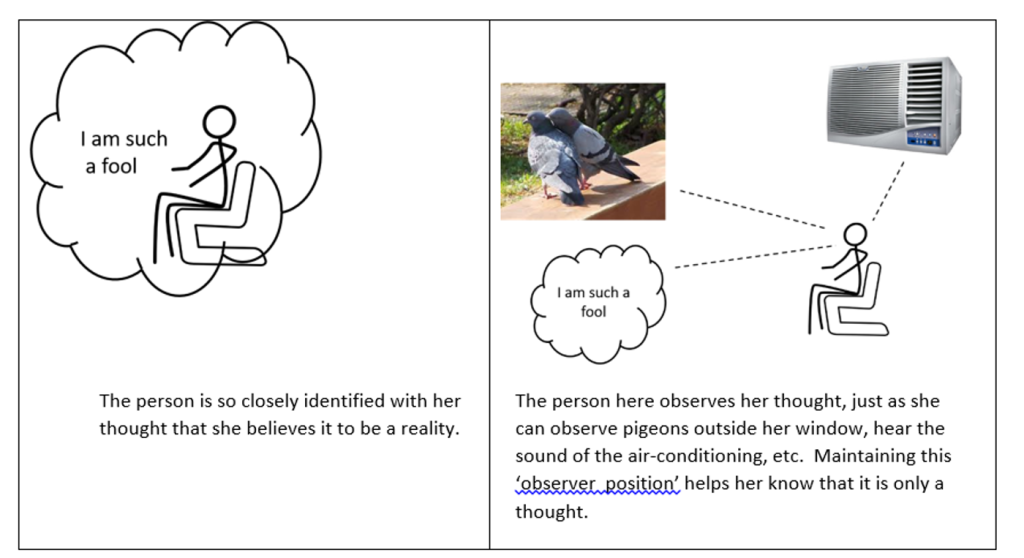I visited an Acupuncture clinic recently, and after the 3rd visit (I was advised a minimum of 12 sessions), I noticed a redness on my left calf in the evening- and a soreness. The following day, it had swollen up and was painful. I was to travel for 3-4 days, and didn’t think it was serious, but messaged my doctor with a picture of the affected spot. She prescribed a mild skin ointment, but her focus was on making the point that it was a hair follicle infection, and nothing to do with the acupuncture treatment.
In the next few days, the infection and pain grew worse, I messaged the doctor, but there was no reply. I was physically unwell, unable to attend to my work, and worried with what I had read upon googling about it. That night, I couldn’t shake off the feeling of anger, being let down, of being unsupported. (They are a high-end, expensive clinic). Round and round the angry and worried thoughts went in my head. There was also a self-judgment of having handled the whole episode poorly, of allowing them to make a fool of me.
There are oftentimes that we are affected by ‘sticky thoughts’. Annoyance at something someone has done or said (or not done/ said); at your own action or inaction; etc. It not only drains energy, our natural wisdom is also hijacked as a consequence.
Here is a practice that helps:
1. Contemplation
– Using your breath as an anchor, notice your thoughts and feelings. Stay with your breath, noticing the cool in-breath, and the warm out-breath.
– The goal is not to prevent yourself from having thoughts, feelings and sensations, but to notice the disruptions, and gently turn your attention back to the breath.
– You will notice the difference between thinking ‘I am such a fool’ and observing the thought ‘I am such a fool’.
2. Separate out the different ‘voices’.
In my case it were 3 different voices:
3. Look for the opposite voices
The above are different parts of Rashmi, but they are not the ONLY parts of Rashmi. It’s true they get triggered because of old patterns, its true that they have a very loud presence, almost drowning out other voices. But other resources within do exist. So what are the other voices, even though they are not very active right now?
I ask the other parts of Rashmi to speak: the Loving Rashmi, the Calm Rashmi, the Wise Rashmi.
The acceptance and allowance of the uncomfortable voices in the first place makes place for other voices to emerge and be heard, leading to wiser choices and feeling of being taken care of.
(Rashmi Datt is a certified coach, and helps people listen to their voices and inner wisdom)



